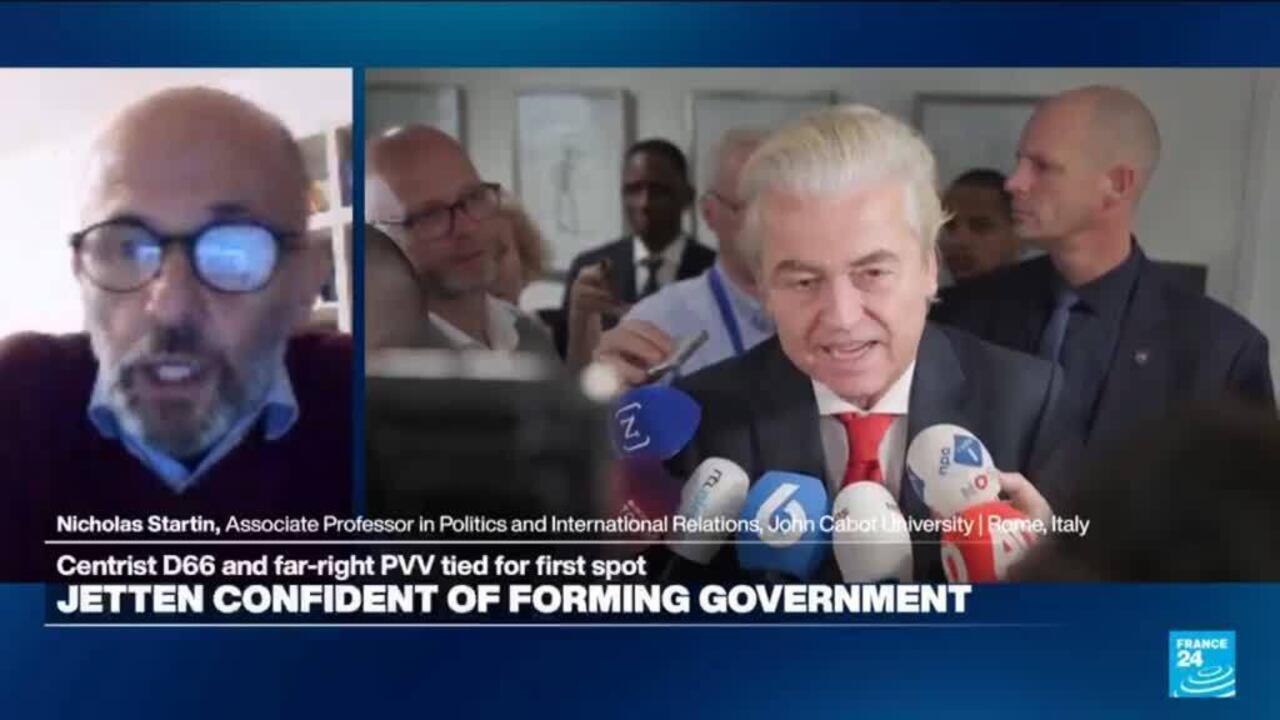Copyright troymedia

Reading Time: 5 minutes The Trump-funded ballroom is sparking outrage, while Obama’s taxpayer-funded renovation barely got a mention. Why the double-standard? Some Americans have been up in arms for weeks since U.S. President Donald Trump’s White House ballroom turned into a much bigger project than originally anticipated. How would they have reacted if a first lady’s plans for a bigger construction project had become a reality more than a century ago? We’ll get to that shortly. This story begins with the Trump administration’s announcement that a new event space was to be built in the White House. It was to be a state ballroom of “approximately 90,000 total square feet of ornately designed and carefully crafted space with a seated capacity of 650 people,” according to the July 31 briefing. This would be a “significant increase from the 200-person seated capacity in the East Room of the White House.” The White House State Ballroom would be “substantially separated from the main building of the White House, but at the same time, its theme and architectural heritage will be almost identical.” It was correctly pointed out that it would be situated where the “small, heavily changed, and reconstructed East Wing currently sits.” The East Wing was constructed in 1902 and has been renovated and changed many times, with a second storey added in 1942. Most importantly, this project wouldn’t cost the American taxpayer a cent. “President Trump, and other patriot donors, have generously committed to donating the funds necessary to build this approximately $200 million structure.” Construction began mostly unnoticed in September. It continued during Washington’s 40-day government shutdown, which Congress has just begun to wind down. When photos of the demolished East Wing began to circulate in The Washington Post and elsewhere in late October, some of Trump’s political opponents started to erupt. “It’s not his house. It’s your house. And he’s destroying it,” former Democratic presidential nominee Hillary Clinton posted on X on Oct. 21. What caused this reaction? Politico noted on Oct. 21 that “part of the criticism erupting this week is because Trump previously said construction of the ballroom wouldn’t affect the existing White House.” Trump had said in July that the construction “won’t interfere with the current building. It’ll be near it but not touching it—and will pay total respect to the existing building, which I’m the biggest fan of.” White House press secretary Karoline Leavitt took a different approach during a Fox News interview. “I believe there’s a lot of fake outrage right now because nearly every single president who has lived in this beautiful White House behind me has made modernizations and renovations of their own… Construction is a process; at the end, the East Wing, which is an entirely separate structure from the executive mansion you see behind me, will be more modern and beautiful than ever.” Indeed, many U.S. presidents have added their own touches and renovations. Some projects have been quite significant and costly. A clip of a 2010 CNN report about former president Barack Obama’s $376-million renovation of the White House circulated on Oct. 22. Right Angle News Network’s X post specifically noted that Obama’s renovation was “fully funded by taxpayers,” whereas in the case of Trump’s ballroom, “he’s paying for [it] himself.” There was plenty of partisan Democratic outrage for one renovation project, and almost nothing for the other. Why? Take a wild guess. I wonder what Americans of both political stripes would have said and done if Caroline Harrison’s vision for the White House had materialized. The wife of then-president Benjamin Harrison proposed a massive extension to the White House in 1891 that made Trump’s ballroom, Obama’s renovation and every other construction project pale by comparison. Architect Frederick Dale Owen devised a blueprint currently housed in the Library of Congress that’s a sight to behold. The White House Historical Association wrote on Feb. 5, 2015, that Harrison’s “most ambitious conception would have extended the original house southward by adding a historical art wing facing the Treasury Department to the east, and an official wing facing the State, War and Navy Building to the west.” There would also have been “glass-enclosed palm gardens, plant conservatories and a lily pond” that would have completed the “southern portion of the quadrangle, which would be linked by two-storey connectors, colonnaded cross halls and large glass domes to enclose a private inner courtyard.” Unsurprisingly, Congress rejected Harrison’s grandiose project. It would have likely opted to do the same thing with another gargantuan proposal known as the Bingham Plan. Devised in 1900 by Army engineer Colonel Theodore Bingham, his model would have replaced “the crowded working spaces with new offices, public and entertaining spaces and press rooms by constructing massive, flanking two-storey cylindrical wings with domes and lanterns patterned after those at the Library of Congress.” President William McKinley was suitably impressed by Bingham’s model, which was ironically set up in the East Room. He rose “to present a history of the White House that evolved into a sales pitch for the expansion.” Many architects spoke out against the design, which caused the project to stall. It completely collapsed when McKinley was assassinated in office in September 1901. In the end, President Theodore Roosevelt signed off on a remodelled White House in 1902. His restoration project “transformed it from a crazy quilt of alterations over time into a cohesive statement of modern times,” as historian and author William Seale nicely put it. Harrison and Bingham’s plans may have served as a small form of inspiration, but there was no need for perspiration when it came to money, details and construction items. Will Americans feel the same way after Trump’s privately financed ballroom has been completed? Time will tell, though they’ll surely dance around the subject for years to come. Michael Taube is a political commentator, Troy Media syndicated columnist and former speechwriter for Prime Minister Stephen Harper. He holds a master’s degree in comparative politics from the London School of Economics, lending academic rigour to his political insights.



